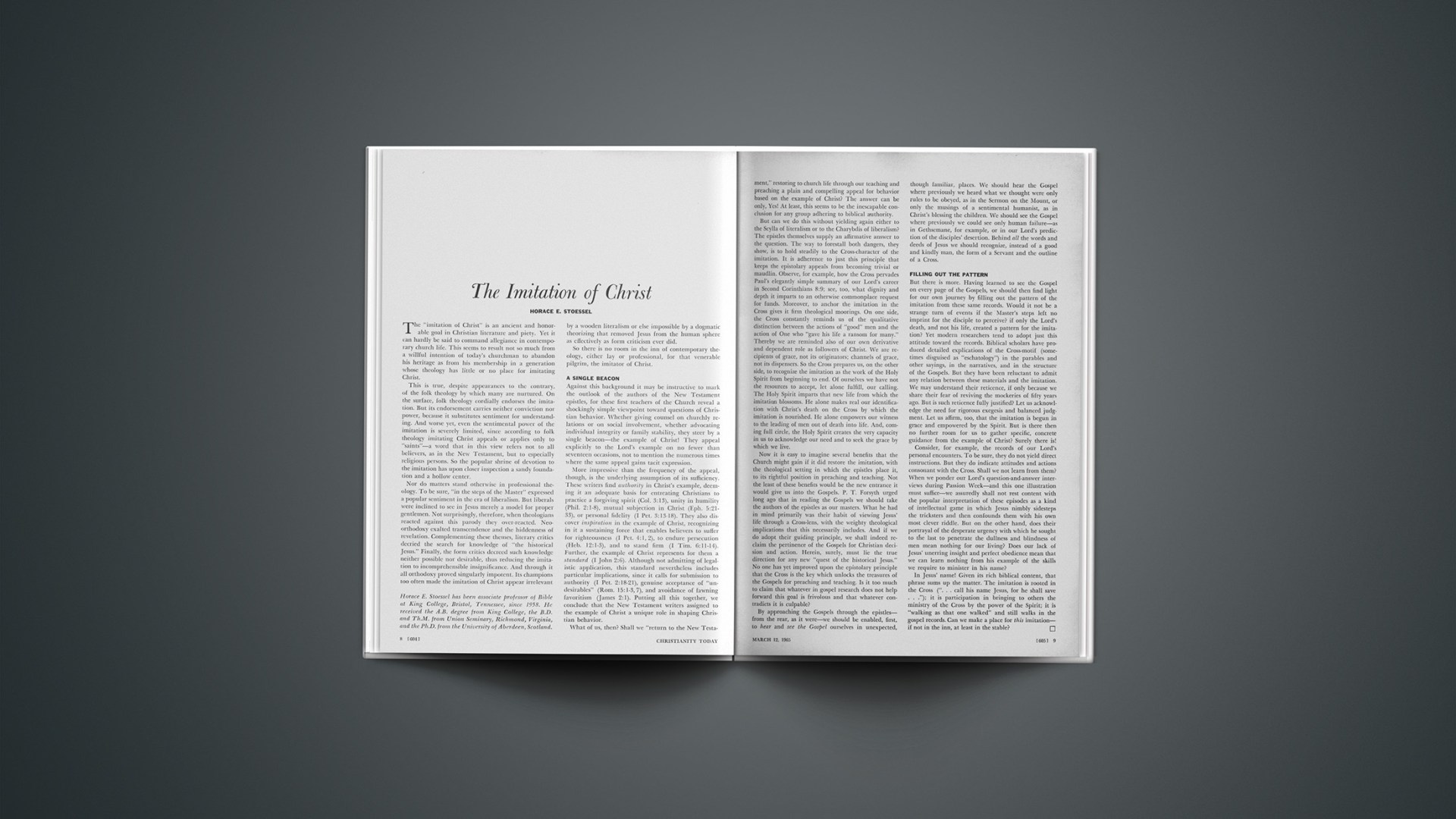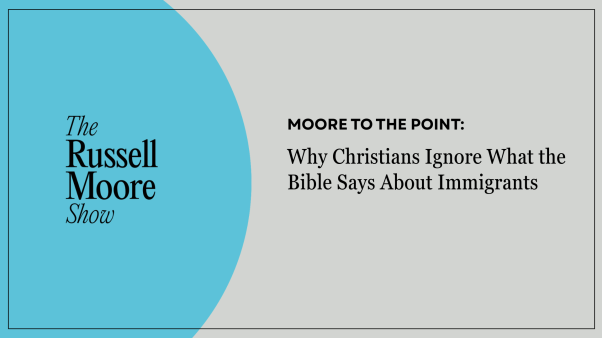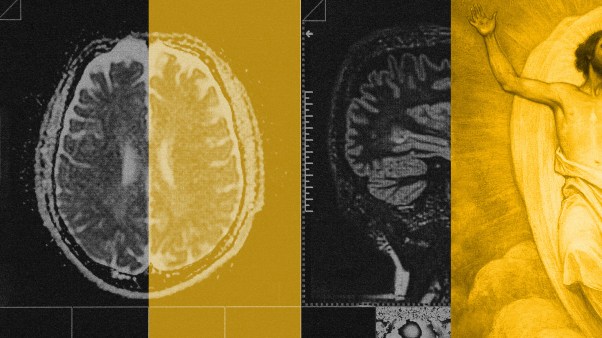The “imitation of Christ” is an ancient and honorable goal in Christian literature and piety. Yet it can hardly be said to command allegiance in contemporary church life. This seems to result not so much from a willful intention of today’s churchman to abandon his heritage as from his membership in a generation whose theology has little or no place for imitating Christ.
This is true, despite appearances to the contrary, of the folk theology by which many are nurtured. On the surface, folk theology cordially endorses the imitation. But its endorsement carries neither conviction nor power, because it substitutes sentiment for understanding. And worse yet, even the sentimental power of the imitation is severely limited, since according to folk theology imitating Christ appeals or applies only to “saints”—a word that in this view refers not to all believers, as in the New Testament, but to especially religious persons. So the popular shrine of devotion to the imitation has upon closer inspection a sandy foundation and a hollow center.
Nor do matters stand otherwise in professional theology. To be sure, “in the steps of the Master” expressed a popular sentiment in the era of liberalism. But liberals were inclined to see in Jesus merely a model for proper gentlemen. Not surprisingly, therefore, when theologians reacted against this parody they over-reacted. Neo-orthodoxy exalted transcendence and the hiddenness of revelation. Complementing these themes, literary critics decried the search for knowledge of “the historical Jesus.” Finally, the form critics decreed such knowledge neither possible nor desirable, thus reducing the imitation to incomprehensible insignificance. And through it all orthodoxy proved singularly impotent. Its champions too often made the imitation of Christ appear irrelevant by a wooden literalism or else impossible by a dogmatic theorizing that removed Jesus from the human sphere as effectively as form criticism ever did.
So there is no room in the inn of contemporary theology, either lay or professional, for that venerable pilgrim, the imitator of Christ.
A Single Beacon
Against this background it may be instructive to mark the outlook of the authors of the New Testament epistles, for these first teachers of the Church reveal a shockingly simple viewpoint toward questions of Christian behavior. Whether giving counsel on churchly relations or on social involvement, whether advocating individual integrity or family stability, they steer by a single beacon—the example of Christ! They appeal explicitly to the Lord’s example on no fewer than seventeen occasions, not to mention the numerous times where the same appeal gains tacit expression.
More impressive than the frequency of the appeal, though, is the underlying assumption of its sufficiency. These writers find authority in Christ’s example, deeming it an adequate basis for entreating Christians to practice a forgiving spirit (Col. 3:13), unity in humility (Phil. 2:1–8), mutual subjection in Christ (Eph. 5:21–33), or personal fidelity (1 Pet. 3:13–18). They also discover inspiration in the example of Christ, recognizing in it a sustaining force that enables believers to suffer for righteousness (1 Pet. 4:1, 2), to endure persecution (Heb. 12:1–3), and to stand firm (1 Tim. 6:11–14). Further, the example of Christ represents for them a standard (1 John 2:6). Although not admitting of legalistic application, this standard nevertheless includes particular implications, since it calls for submission to authority (1 Pet. 2:18–21), genuine acceptance of “undesirables” (Rom. 15:1–3, 7), and avoidance of fawning favoritism (James 2:1). Putting all this together, we conclude that the New Testament writers assigned to the example of Christ a unique role in shaping Christian behavior.
What of us, then? Shall we “return to the New Testament,” restoring to church life through our teaching and preaching a plain and compelling appeal for behavior based on the example of Christ? The answer can be only, Yes! At least, this seems to be the inescapable conclusion for any group adhering to biblical authority.
But can we do this without yielding again either to the Scylla of literalism or to the Charybdis of liberalism? The epistles themselves supply an affirmative answer to the question. The way to forestall both dangers, they show, is to hold steadily to the Cross-character of the imitation. It is adherence to just this principle that keeps the epistolary appeals from becoming trivial or maudlin. Observe, for example, how the Cross pervades Paul’s elegantly simple summary of our Lord’s career in Second Corinthians 8:9; see, too, what dignity and depth it imparts to an otherwise commonplace request for funds. Moreover, to anchor the imitation in the Cross gives it firm theological moorings. On one side, the Cross constantly reminds us of the qualitative distinction between the actions of “good” men and the action of One who “gave his life a ransom for many.” Thereby we are reminded also of our own derivative and dependent role as followers of Christ. We are recipients of grace, not its originators; channels of grace, not its dispensers. So the Cross prepares us, on the other side, to recognize the imitation as the work of the Holy Spirit from beginning to end. Of ourselves we have not the resources to accept, let alone fulfill, our calling. The Holy Spirit imparts that new life from which the imitation blossoms. He alone makes real our identification with Christ’s death on the Cross by which the imitation is nourished. He alone empowers our witness to the leading of men out of death into life. And, coming full circle, the Holy Spirit creates the very capacity in us to acknowledge our need and to seek the grace by which we live.
Now it is easy to imagine several benefits that the Church might gain if it did restore the imitation, with the theological setting in which the epistles place it, to its rightful position in preaching and teaching. Not the least of these benefits would be the new entrance it would give us into the Gospels. P. T. Forsyth urged long ago that in reading the Gospels we should take the authors of the epistles as our masters. What he had in mind primarily was their habit of viewing Jesus’ life through a Cross-lens, with the weighty theological implications that this necessarily includes. And if we do adopt their guiding principle, we shall indeed reclaim the pertinence of the Gospels for Christian decision and action. Herein, surely, must lie the true direction for any new “quest of the historical Jesus.” No one has yet improved upon the epistolary principle that the Cross is the key which unlocks the treasures of the Gospels for preaching and teaching. Is it too much to claim that whatever in gospel research does not help forward this goal is frivolous and that whatever contradicts it is culpable?
By approaching the Gospels through the epistles—from the rear, as it were—we should be enabled, first, to hear and see the Gospel ourselves in unexpected, though familiar, places. We should hear the Gospel where previously we heard what we thought were only rules to be obeyed, as in the Sermon on the Mount, or only the musings of a sentimental humanist, as in Christ’s blessing the children. We should see the Gospel where previously we could see only human failure—as in Gethsemane, for example, or in our Lord’s prediction of the disciples’ desertion. Behind all the words and deeds of Jesus we should recognize, instead of a good and kindly man, the form of a Servant and the outline of a Cross.
Filling Out The Pattern
But there is more. Having learned to see the Gospel on every page of the Gospels, we should then find light for our own journey by filling out the pattern of the imitation from these same records. Would it not be a strange turn of events if the Master’s steps left no imprint for the disciple to perceive? if only the Lord’s death, and not his life, created a pattern for the imitation? Yet modern researchers tend to adopt just this attitude toward the records. Biblical scholars have produced detailed explications of the Cross-motif (sometimes disguised as “eschatology”) in the parables and other sayings, in the narratives, and in the structure of the Gospels. But they have been reluctant to admit any relation between these materials and the imitation. We may understand their reticence, if only because we share their fear of reviving the mockeries of fifty years ago. But is such reticence fully justified? Let us acknowledge the need for rigorous exegesis and balanced judgment. Let us affirm, too, that the imitation is begun in grace and empowered by the Spirit. But is there then no further room for us to gather specific, concrete guidance from the example of Christ? Surely there is!
Consider, for example, the records of our Lord’s personal encounters. To be sure, they do not yield direct instructions. But they do indicate attitudes and actions consonant with the Cross. Shall we not learn from them? When we ponder our Lord’s question-and-answer interviews during Passion Week—and this one illustration must suffice—we assuredly shall not rest content with the popular interpretation of these episodes as a kind of intellectual game in which Jesus nimbly sidesteps the tricksters and then confounds them with his own most clever riddle. But on the other hand, does their portrayal of the desperate urgency with which he sought to the last to penetrate the dullness and blindness of men mean nothing for our living? Does our lack of Jesus’ unerring insight and perfect obedience mean that we can learn nothing from his example of the skills we require to minister in his name?
In Jesus’ name! Given its rich biblical content, that phrase sums up the matter. The imitation is rooted in the Cross (“… call his name Jesus, for he shall save …”); it is participation in bringing to others the ministry of the Cross by the power of the Spirit; it is “walking as that one walked” and still walks in the gospel records. Can we make a place for this imitation—if not in the inn, at least in the stable?










